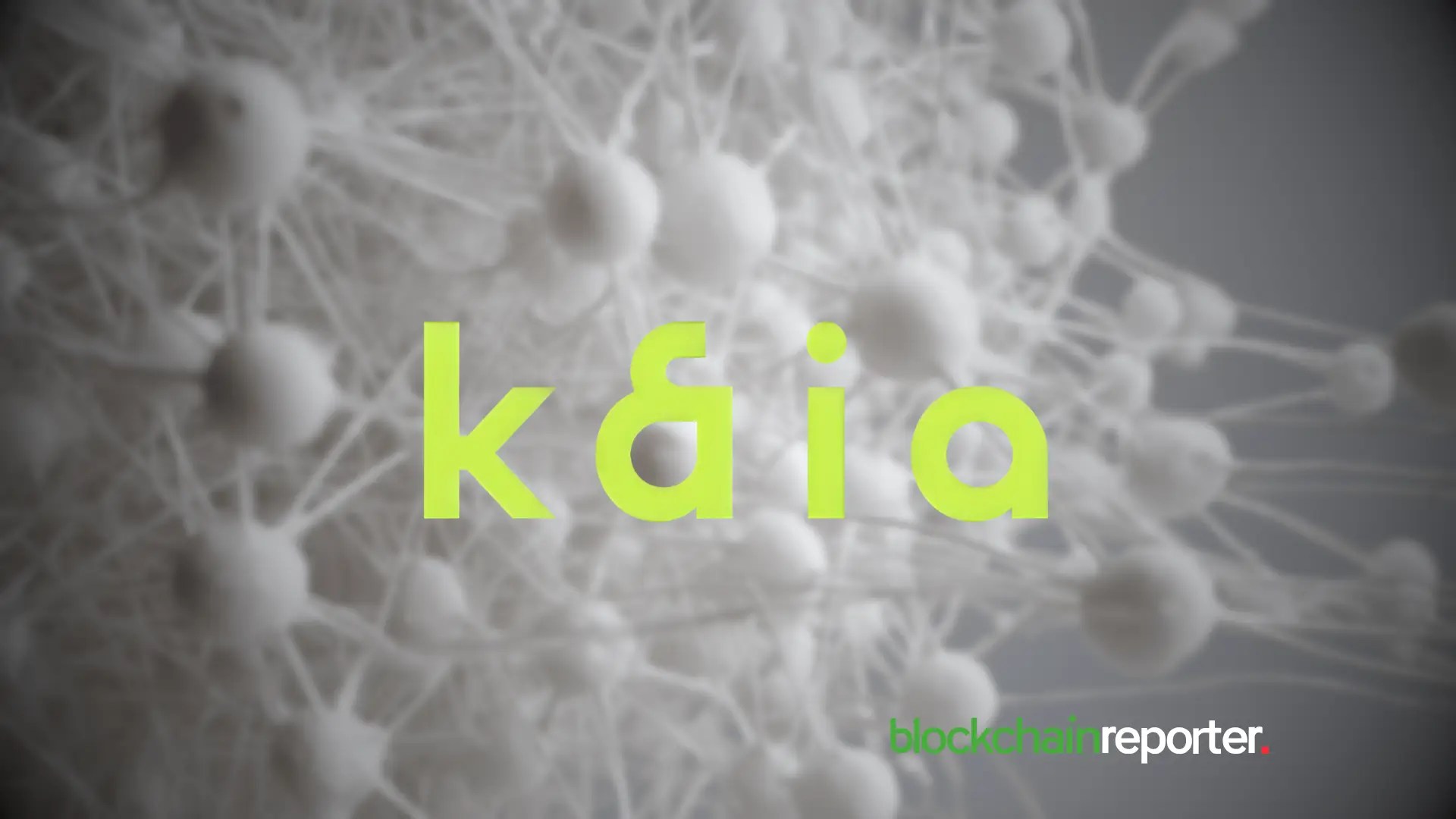China’s CPI inflation arrives at -0.1% YoY in May vs. -0.2% expected
The post China’s CPI inflation arrives at -0.1% YoY in May vs. -0.2% expected appeared on BitcoinEthereumNews.com. China’s Consumer Price Index (CPI) dropped at an annual pace of 0.1% in May after declining 0.1% in April, the National Bureau of Statistics of China reported on Monday. The market consensus was for a 0.2% decrease in the reported period. Chinese CPI inflation came in at -0.2% MoM in May versus April’s 0.1% increase. China’s Producer Price Index (PPI) fell 3.3% YoY in May, following a 2.7% decline in April. The data came in lower than the market consensus of 3.2%. Market reaction to China’s inflation data At the press time, the AUD/USD pair is up 0.30% on the day to trade at 0.6507. Inflation FAQs Inflation measures the rise in the price of a representative basket of goods and services. Headline inflation is usually expressed as a percentage change on a month-on-month (MoM) and year-on-year (YoY) basis. Core inflation excludes more volatile elements such as food and fuel which can fluctuate because of geopolitical and seasonal factors. Core inflation is the figure economists focus on and is the level targeted by central banks, which are mandated to keep inflation at a manageable level, usually around 2%. The Consumer Price Index (CPI) measures the change in prices of a basket of goods and services over a period of time. It is usually expressed as a percentage change on a month-on-month (MoM) and year-on-year (YoY) basis. Core CPI is the figure targeted by central banks as it excludes volatile food and fuel inputs. When Core CPI rises above 2% it usually results in higher interest rates and vice versa when it falls below 2%. Since higher interest rates are positive for a currency, higher inflation usually results in a stronger currency. The opposite is true when inflation falls. Although it may seem counter-intuitive, high inflation in a country pushes up the value of its currency and vice versa for lower…

The post China’s CPI inflation arrives at -0.1% YoY in May vs. -0.2% expected appeared on BitcoinEthereumNews.com.
China’s Consumer Price Index (CPI) dropped at an annual pace of 0.1% in May after declining 0.1% in April, the National Bureau of Statistics of China reported on Monday. The market consensus was for a 0.2% decrease in the reported period. Chinese CPI inflation came in at -0.2% MoM in May versus April’s 0.1% increase. China’s Producer Price Index (PPI) fell 3.3% YoY in May, following a 2.7% decline in April. The data came in lower than the market consensus of 3.2%. Market reaction to China’s inflation data At the press time, the AUD/USD pair is up 0.30% on the day to trade at 0.6507. Inflation FAQs Inflation measures the rise in the price of a representative basket of goods and services. Headline inflation is usually expressed as a percentage change on a month-on-month (MoM) and year-on-year (YoY) basis. Core inflation excludes more volatile elements such as food and fuel which can fluctuate because of geopolitical and seasonal factors. Core inflation is the figure economists focus on and is the level targeted by central banks, which are mandated to keep inflation at a manageable level, usually around 2%. The Consumer Price Index (CPI) measures the change in prices of a basket of goods and services over a period of time. It is usually expressed as a percentage change on a month-on-month (MoM) and year-on-year (YoY) basis. Core CPI is the figure targeted by central banks as it excludes volatile food and fuel inputs. When Core CPI rises above 2% it usually results in higher interest rates and vice versa when it falls below 2%. Since higher interest rates are positive for a currency, higher inflation usually results in a stronger currency. The opposite is true when inflation falls. Although it may seem counter-intuitive, high inflation in a country pushes up the value of its currency and vice versa for lower…
What's Your Reaction?







































